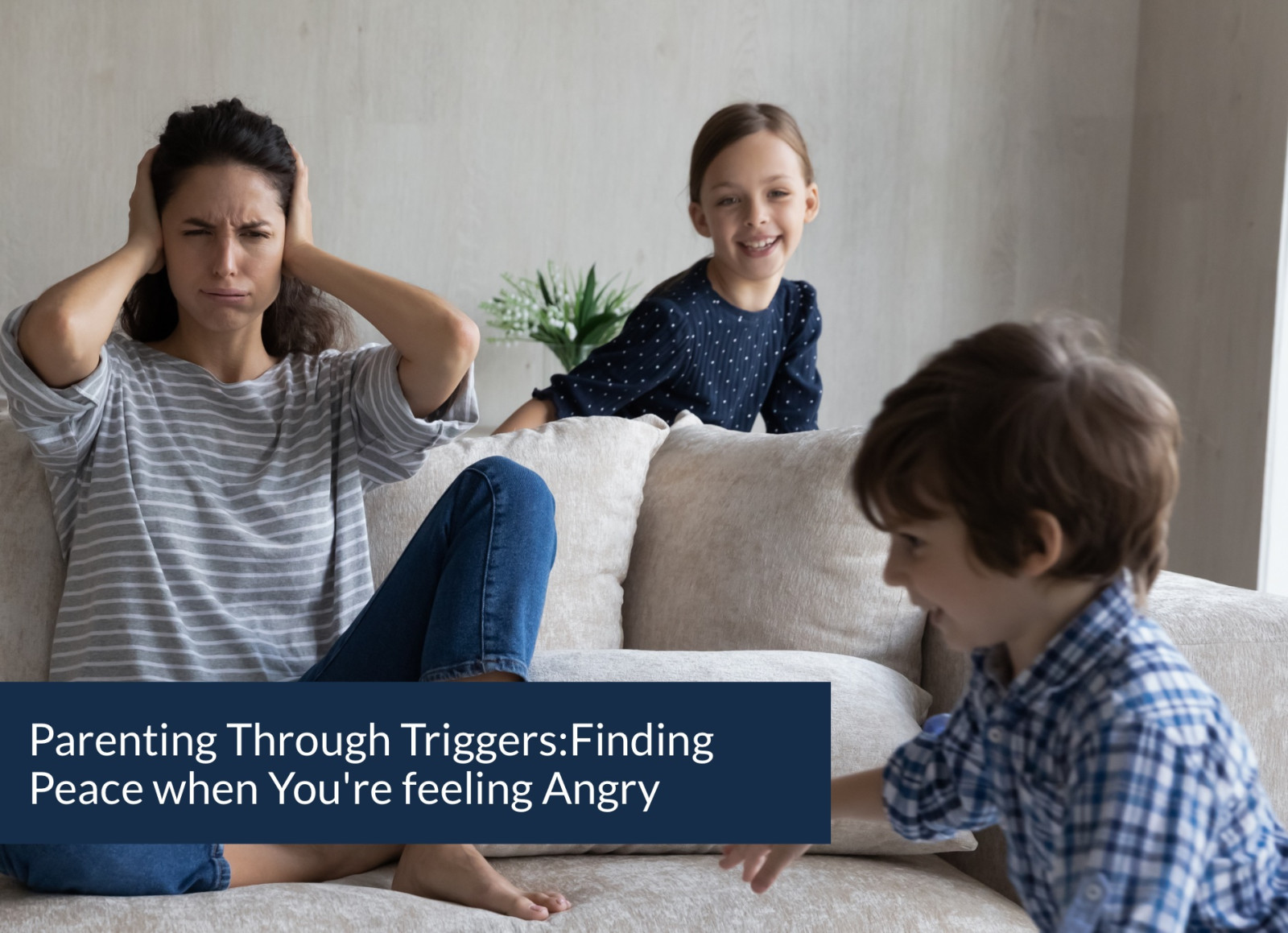
Whenever we ask, "what is your number one parenting trigger?" there is always a resounding response that whining definitely ranks pretty high up there. Why is whining so triggering, anyway? And what can you do about it? Here are a few tips + sample scripts to help you transform your whining trigger.
WHY IS WHINING SO TRIGGERING?
- You were shamed, silenced, or ignored when you whined as a child, your subconscious brain may associate whining with neglect or emotional abuse.
- You perceive whining to be a character flaw, sin, or grab for attention, or misbehavior instead of the developmentally normal communication that it is.
- You genuinely desire for your child to be happy, and when they whine you feel insufficient as a parent because they clearly are not happy.
- You feel out of control when your child whines, and that causes you to feel anxious and stressed.
THREE STEPS TO TAKE TO TRANSFORM THE WHINING TRIGGER
- UNDERSTAND THAT IT IS DEVELOPMENTALLY APPROPRIATE - Research indicates that whining, just like crying, is simply a way for young children to communicate sadness, distress, or disappointment. Whining peaks between 2 and 4 years of age, just when a child is starting to become verbal, but has not yet acquired the vocabulary to express their feelings. Beyond the age of 4 whining is still a natural response to strong emotions and children may whine when they are overwhelmed, anxious, tired, hungry, or experiencing dysregulation.
- RECOGNIZE THAT YOUR FEELINGS ARE TIED TO THE PAST, NOT THE PRESENT - Dr. Laura Markham of Aha! Parenting describes a trigger as "anything you experience in the present moment that activates a feeling from the past." When you feel triggered by whining, it is an activation of a wound or internalized belief from your childhood. You can determine the specific feelings it brings up, but common ones are feeling disrespected, unheard, unimportant, etc. What happens when a child feels unimportant or disrespected? They feel angry and defensive. Chances
are, those are the same feelings you experience when you're triggered now. - PLAN AND PRACTICE A NEW RESPONSE TO WHINING - Whatever your current reaction to
merely a program that your brain accesses automatically. You can write a new program for your brain, and with time and practice it will become your new response. The more you practice the new response, the more your brain will automatically access that new program when you hear whining. Try writing a few scripts to rehearse in the shower, the car, or as you fall asleep at night. And don't worry, your child will give you real-time practice opportunities as well!
PEACEMAKING RESPONSES TO WHINING
These responses are meant to guide you as you find the right response for your family. Sample scripts can be incredibly helpful, but remember that you and your child have a unique relationship with unique needs. If these don't fit your personality, or if your child doesn't respond well, switch it up and find what works for you!
"It sounds like you're having a tough time right now. What's up?"
It seems like you're feeling whiny and sad, is that right? Do you need to cuddle or have a good cry? I'm right here to hold you.
I can tell you really want to be heard. Your words are important to me and it is hard for me to understand you. Why don't you use your regular voice? It helps me understand you better.
It sounds like you're feeling upset or overwhelmed, is that right? I have enough calm to share with you. Let's take a break and talk about this in a bit.
Can you whisper that in my ear?
Struggling to get control of your own parenting triggers? Our Transform Your Parenting Triggers can help you understand what's going on beneath the surface, discover regulating strategies that will help you stay and return to calm, and help you create new, gracious responses to common struggles. Learn more here.













0 Comments